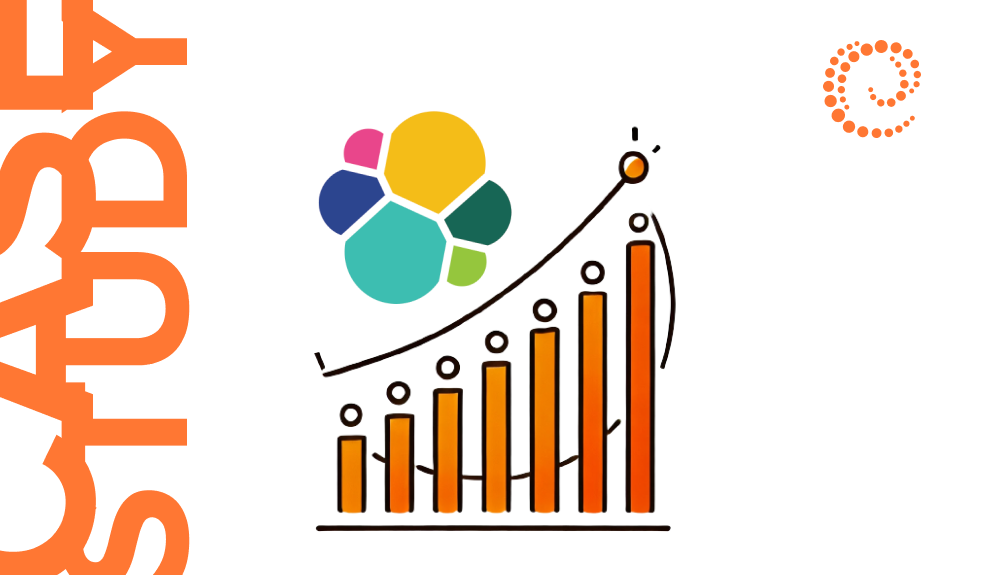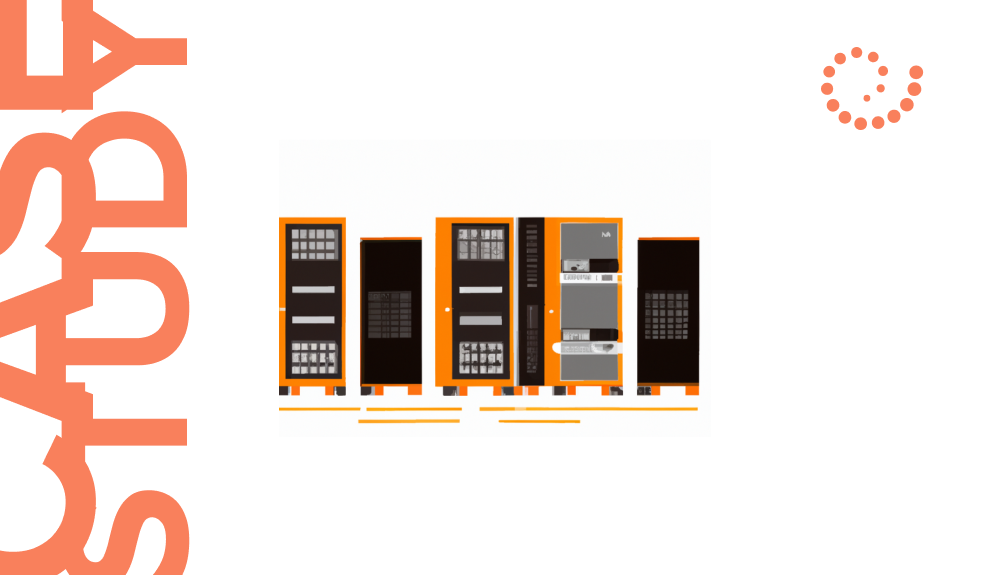
Mastering Elasticsearch Indexing: How Setronica Fine-tuned Search Engine Performance
Info Setronica | June 27th, 2024
Elasticsearch is a search engine that has become a go-to solution for storing, searching, and analyzing large volumes of data.

IT Operations Management: How to Monitor Remote Workstations for Tech Issues
Info Setronica | May 26th, 2024
Workstations are specialized computers designed to handle tasks that conventional computers would struggle with.

Crucial Insights: Why Monitoring Modular Data Centres Matters
Info Setronica | April 25th, 2024
The power industry encounters obstacles when distributing electricity across extended distances because of considerable losses along transmission lines.

A Tailored Metaprograming Approach to Pre-Mentoring Preparation — How Does It Work?
Info Setronica | March 17th, 2024
Imagine offering mentoring services to your team, where effectiveness is not just a goal but a guarantee.

Empowering Change Through The Ethical Social Network
Ksenia Nikolaenko | November 8th, 2023
Ethical Social Network: MVP revolutionizes nonprofit fundraising, ensuring transparency and compliance for impactful change.

Streamlining Infrastructure for a Social Connection Platform
Ksenia Nikolaenko | September 13th, 2023
Streamlining infrastructure transformed a California company’s growth, embracing Terraform for efficient scaling and rapid deployment.

Optimizing Real-Time Data Science Operations for a Leading Fashion and Apparel Company
Ksenia Nikolaenko | August 30th, 2023
Through data science acumen and intricate technical implementations, we have catalyzed profound enhancements in real-time recommendations, trend calculations, and operational efficiency.

A Fullscale Backend and Frontend System for Data Collection from API, Modbus to MongoDB with Angular Web Interface
Ksenia Nikolaenko | August 14th, 2023
Setronica crafted a backend-frontend system, collecting data from APIs, Modbus to MongoDB. Enables remote control, security & efficient monitoring.

From Engnyte to MS SharePoint Online: A Successful Migration to Improve Data Security and Management
Info Setronica | April 3rd, 2023
Setronica’s team migrated the client’s data to Microsoft SharePoint Online, Azure and Azure DevOps stack, saving fees, improving collaboration and security with role-based access control.

How Designated PIM Software Beats the Spreadsheets
Yuliya Malinina | February 17th, 2020
I’ve been working with and making Product Information Management (PIM) software for eCommerce since 2008. Here are the thoughts I want to share. First things first, my intro to PIM PIM’s main idea is centralizing product content creation. This is implemented through 3 following steps: Collect ALL information on products (Supplier price lists, Digital assets, Marketing materials, Buyers’ testimonials, Internal instructions for content managers). Enrich product profile with data valuable for end-user (add a product to hierarchies, translate product descriptions into a brand’s tone and language of the content consumer). Disseminate product info across all channels (Website, Mobile app, Amazon catalog, Facebook store page, eCommerce platform, etc.). Get feedback, and go to Step 1. Now to the main point of this article One of the most common “not to have PIM” reasons I’ve been getting — “We manage all our product descriptions in Excel spreadsheets. How’s PIM better than this?” My usual answer is that PIM is the one place where content is. It minimizes the chance of errors and allows multiple parties to update product catalog content at the same time. One place to keep product content To elaborate on the points above: PIM allows manufacturers and retailers to focus all content creation efforts in one place and maintain a consistent presence in all channels. There can be only one product profile, and only this profile will be distributed between content consumers. As a result, we can avoid the problem shown below: Minimized error possibility Via role-based access control. If a user with the Content Editor rights is not supposed to change a product name provided by the Supplier, for instance, they won’t be able to. With the help of UI. PIM’s UI displays numerous product attributes in logically arranged groups, some attributes have references to pre-filled lists of possible values. Also, PIM user interface helps content editors with tips when some mandatory data is missing. On top of things, there is a changelog of the product profile. So, one can see when the product title from the Supplier was changed, compare the previous and current versions of it, and edit the title for the eCommerce channel if required. PIM Workflow PIM software has a certain workflow, during which the product profile is gradually getting closer and closer to a “ready for publishing” status. Workflow is transparent for the company staff so that the digital assets team would know which products are waiting for a photo. As a result, content editors would be able to distinguish and prioritize new products with yet empty profiles and the products, which content requires immediate attention and corrections. And all of them are able to work in parallel. And to bring the issue to a close, ask yourself: “Can I achieve all of the above with the help of spreadsheets?”. Probably not!
Recent Posts
- How to Use Kaggle Datasets for Research: 10 Essential Steps
- From University English Teacher to Language Training Specialist: A Journey into the Business World
- Stress Interviews: Hot Trend or Red Flag Central?
- Ensuring Reproducibility in AI Experiments
- Culture-Driven Coding: Leading IT Teams in a Global Landscape
